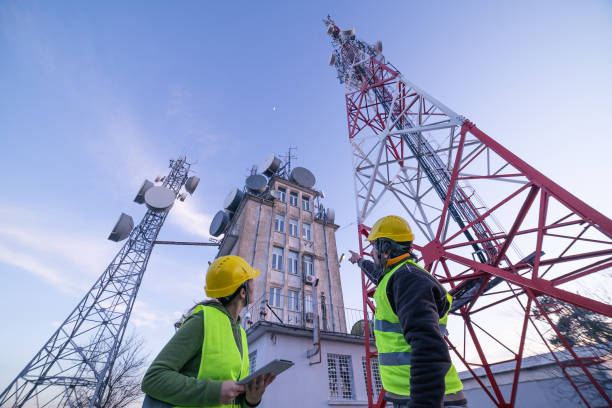Roaming testing, a crucial aspect of mobile network operations, ensures seamless connectivity for users when they travel beyond their home network. In India, with its vast geographical expanse and diverse mobile user base, effective roaming testing is paramount to deliver a consistent and high-quality user experience.
Understanding Roaming Testing
Roaming testing involves evaluating the performance of a mobile network when it interacts with other networks in different geographical locations. This testing process encompasses various parameters, including:
Voice quality: Assessing the clarity and quality of voice calls made while roaming.
Data speed: Measuring the download and upload speeds of data services during roaming.
SMS delivery: Verifying the timely and accurate delivery of text messages.
Handoff: Ensuring smooth transitions between different base stations and networks.
Coverage: Checking the availability of network coverage in different roaming areas.
The Importance of Roaming Testing in India
India’s diverse landscape, with its mountainous regions, remote villages, and densely populated cities, presents unique challenges for roaming connectivity. Effective roaming testing Solution is essential to:
Enhance customer satisfaction: By ensuring consistent and reliable network performance, roaming testing helps to improve the overall user experience.
Optimize network performance: Identifying and addressing roaming-related issues allows network operators to optimize their infrastructure and improve network efficiency.
Expand market reach: Roaming testing facilitates the expansion of mobile services into new geographical areas and markets.
Facilitate international travel: For Indian travelers venturing abroad, effective roaming testing ensures seamless connectivity and communication.
Roaming Testing Process in India
The roaming testing process in India typically involves the following steps:
Test planning: Network operators develop comprehensive test plans, outlining the specific areas to be covered, the parameters to be tested, and the testing methodologies to be employed.
Test execution: Testers deploy specialized equipment, such as roaming test sets or dedicated applications, to simulate various roaming scenarios and measure network performance.
Data analysis: The collected data is analyzed to identify any performance issues, coverage gaps, or interoperability problems.
Issue resolution: Network operators work with their roaming partners to address any identified issues, such as improving handoff procedures, optimizing network configuration, or upgrading infrastructure.
Continuous monitoring: Roaming testing is an ongoing process, with network operators continuously monitoring and evaluating roaming performance to ensure ongoing improvement.
Challenges and Future Trends
Despite significant advancements in roaming technology, several challenges persist in India:
Network congestion: In densely populated areas, network congestion can impact roaming performance, leading to slower speeds and reduced call quality.
Interoperability issues: Ensuring seamless interoperability between different networks can be complex, especially in regions with multiple operators.
Infrastructure limitations: In remote or underserved areas, infrastructure limitations can hinder roaming coverage and performance.
As the demand for mobile services continues to grow in India, network operators are investing in advanced technologies and infrastructure to enhance roaming capabilities. The future of roaming testing in India likely involves:
Increased automation: Leveraging automation tools to streamline the testing process and improve efficiency.
Advanced analytics: Employing big data analytics to gain deeper insights into roaming performance and identify trends.
5G network integration: Ensuring seamless roaming across 5G networks, providing faster speeds and enhanced capabilities.
In conclusion, roaming testing plays a vital role in ensuring the quality and reliability of mobile services in India. By addressing the challenges and embracing emerging technologies, network operators can continue to deliver a superior roaming experience to their customers.









